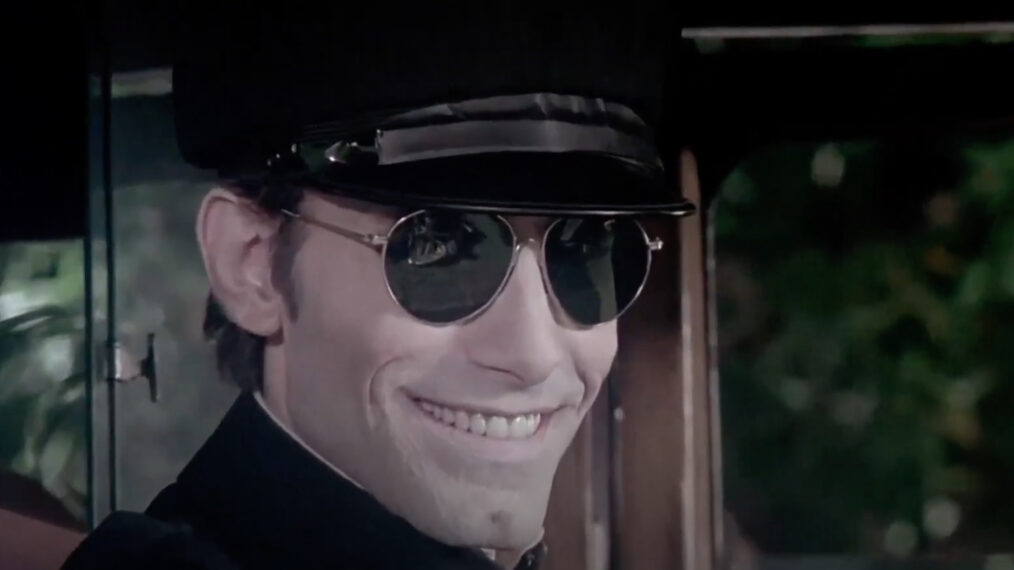Don’t Sleep on ‘Dreamscape’ — 1984’s Other Great Nightmare-Based Movie
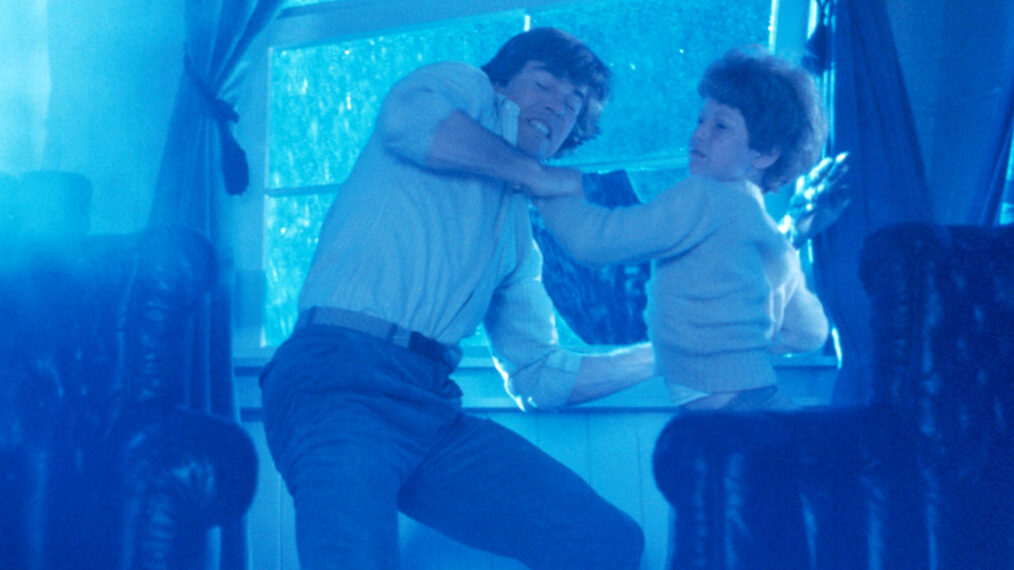
I’ve long been fascinated with dreams and nightmares, despite how terrified they can make me feel. I can vividly remember a number of scary dreams I’ve had throughout my life, even going back to childhood.
My interest in these little movies that our minds can show us in our heads late at night — as well as related nocturnal brain weirdness like hypnagogic hallucinations and sleep paralysis — has led to me enjoying films that try to capture and re-create the visual qualities and sensations of dreams.
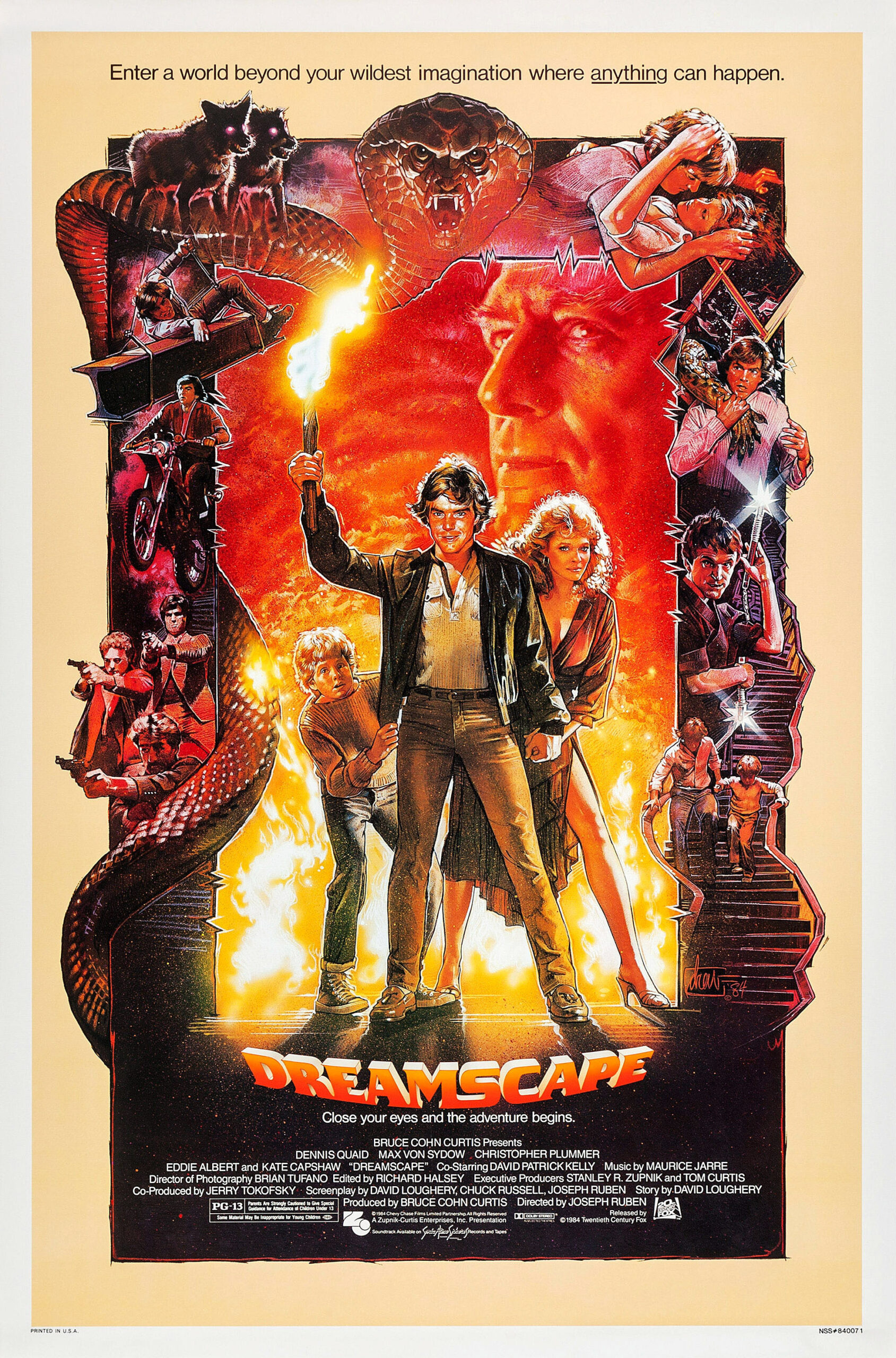
™ & © 20th Century Fox Film Corp. All Rights Reserved./Courtesy Everett Collection
Of course, no matter how talented a filmmaker may be, it is impossible for a movie to fully depict the sometimes-horrific images that can pop into our heads at night with 100% accuracy just from the technical aspect alone — no camera technique or trick can effectively give you that indescribable feeling of simultaneously starring in the dream yet also watching it from afar, for example.
Having said that, some films have done admirable jobs of trying to put dreams and nightmares onscreen.
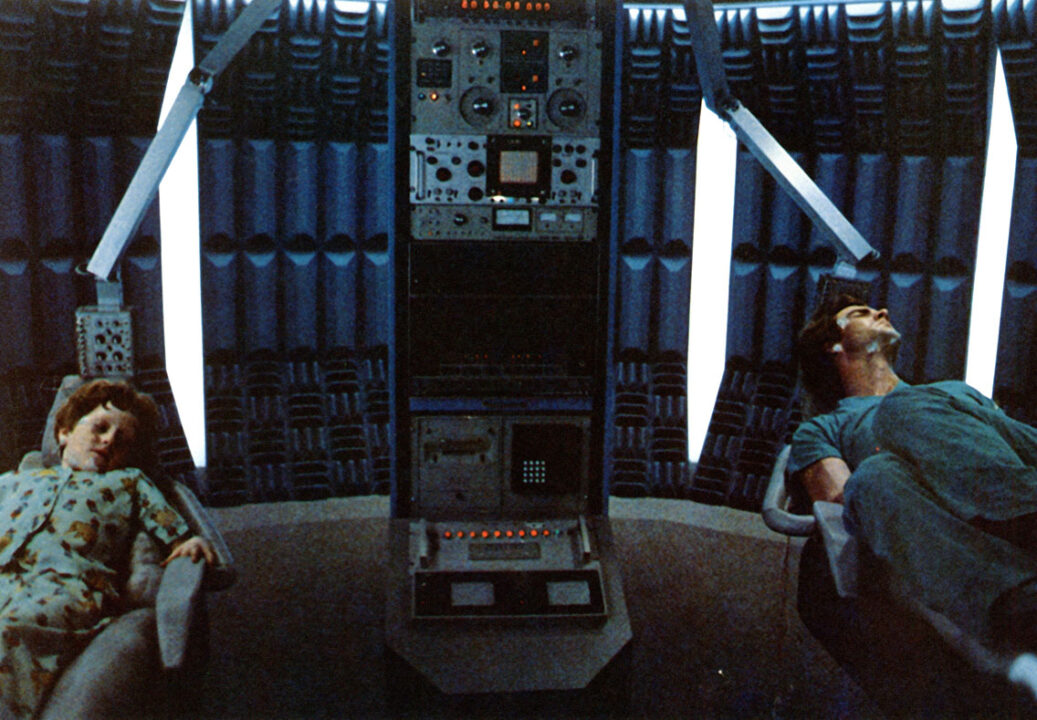
™ & © 20th Century Fox Film Corp. All Rights Reserved/Courtesy Everett Collection
Alex (Dennis Quaid) in the process of psychically entering young Buddy’s (Cory Yothers) nightmare in Dreamscape
Two of the best of those came out within a few months of each other in 1984; one is a well-recognized horror classic that launched a franchise and became a staple in pop culture, while the other is probably (and unjustly) still a bit under the radar.
There was, of course, writer/director Wes Craven‘s A Nightmare on Elm Street, which hit theaters in its wide release on Nov. 16, 1984.
This initial outing in the famed fright franchise features Freddy Krueger in one of his purest incarnations as a genuinely scary dream-haunter, before he become an incessant quipster. Craven does a great job of staging the nightmares even beyond Freddy’s involvement in them, and I appreciate the director’s efforts at trying to re-create the dream world.
The other 1984 film focused largely on bad dreams that I actually prefer, though, is the terrific and more underrated Dreamscape, which opened three months earlier, on Aug. 17, 1984, and is certainly worth a look or re-look.
Dreamscape stars Dennis Quaid as Alex Gardner, a young man with psychic abilities who is recruited into a university’s sleep-research program — whose leaders are played by Max von Sydow and Kate Capshaw — that has come up with a way for certain people to mentally enter the dreams of others and help them overcome fears or other psychological issues.
One of the people Alex attempts to help is a troubled young boy (Cory Yothers) tormented by recurring nightmares about being pursued by a horrifying snake-man, leading to one of the film’s more memorable sequences within the Dreamscape.
Unfortunately, shadowy government operative Bob Blair (Christopher Plummer) takes over the project with a more sinister use in mind — he wants to be able to assassinate people by killing them in their nightmares, and one of his planned targets is the president of the United States (Eddie Albert).
This ultimately sets up a battle of wills and psychic abilities both inside and outside of the Dreamscape between Alex and the man Blair’s chosen assassin: mentally deranged psychic Tommy Ray Glatman (David Patrick Kelly), who has already murdered his own father in real life.
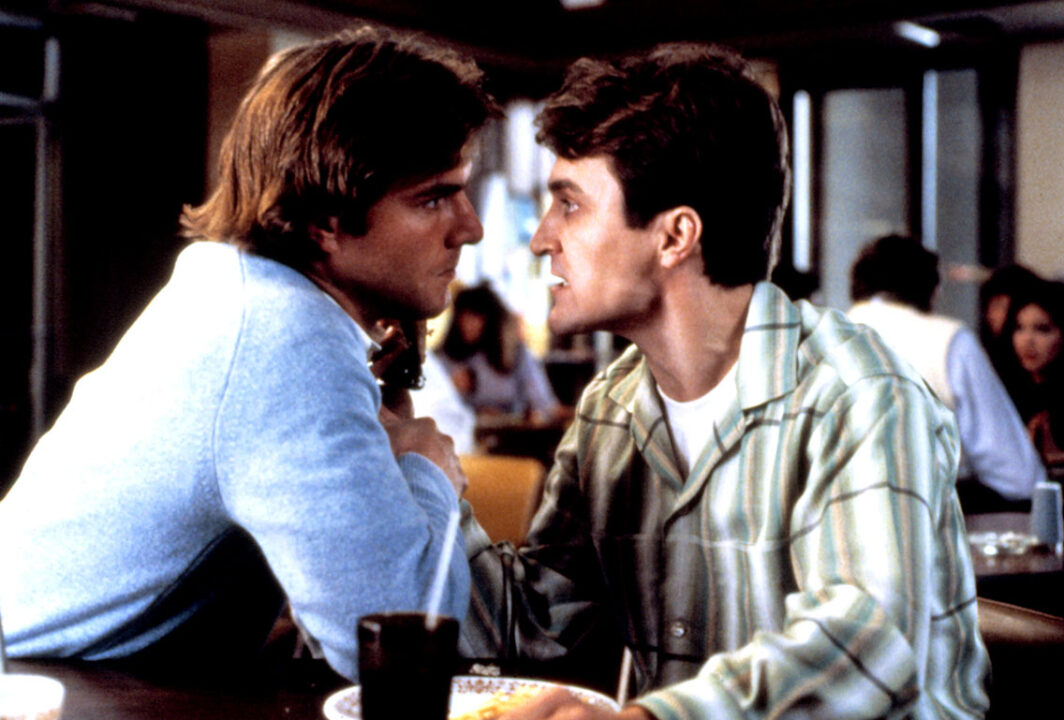
™ & © 20th Century Fox Film Corp. All Rights Reserved/Courtesy Everett Collection
Alex (Dennis Quaid) and Tommy Ray (David Patrick Kelly) don’t get along in the real world any more than they do in the Dreamscape
Also featuring George Wendt in a smaller — but interesting and different for him — role as a horror novelist who helps Alex begin to unravel Blair’s conspiracy, Dreamscape was directed by Joseph Ruben, who would later helm the cult classic horror movie The Stepfather (1987).
Ruben cowrote the screenplay with David Loughery (who has the “Story by” credit) and Chuck Russell. Russell would revisit the world of scary dreams in 1987, when he cowrote and directed one of the better Elm Street sequels: A Nightmare on Elm Street 3: Dream Warriors. He also cowrote and directed the entertaining 1988 remake of The Blob.
Like A Nightmare on Elm Street, Dreamscape has some creatively imagined nightmare sequences, as well other types of dreams, including sex dreams (while the film has its horrific moments, I wouldn’t call it a straight horror film; it is a great combination of horror, action and sci-fi).
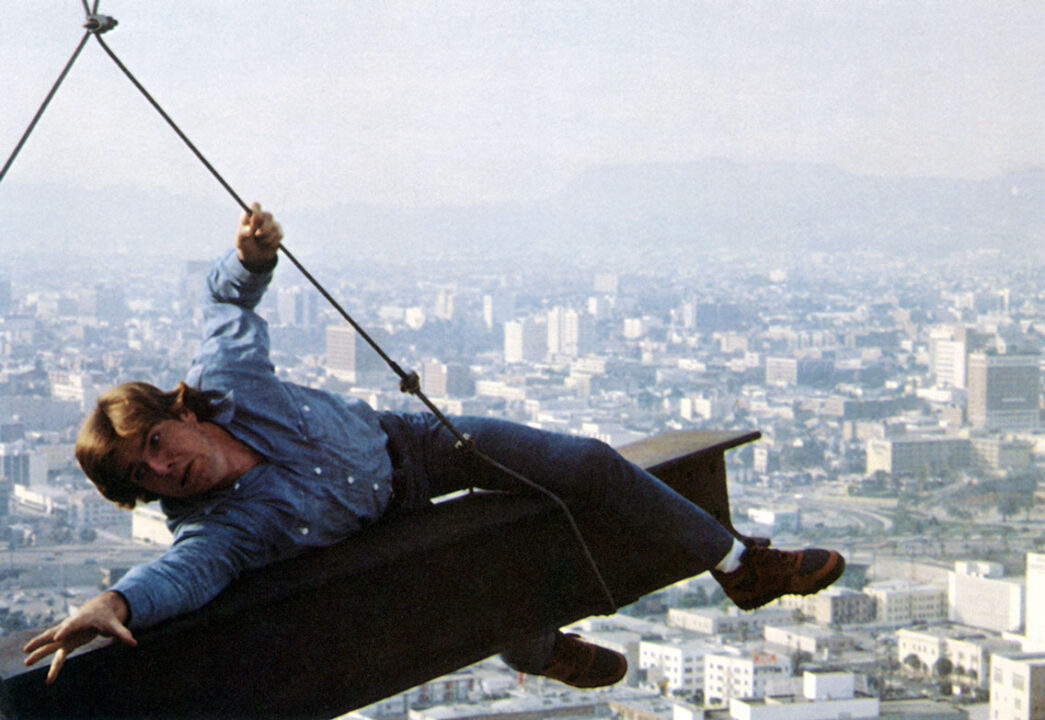
™ & © 20th Century Fox Film Corp. All Rights Reserved/Courtesy Everett Collection
Alex (Dennis Quaid) is hoping that if he dies in another person’s dream he won’t die in real life.
Also like Elm Street (and like many other ’80s movies), Dreamscape is accompanied by a cool, synth-based musical score. Composed by Maurice Jarre, the music is spooky when necessary, but also captures the action and sci-fi/fantasy elements, whereas Elm Street‘s excellent score by Charles Bernstein focuses on the creepiness.
While Dreamscape is not as violent as Craven’s R-rated slasher film, it does have its intense moments, especially within the president’s bad dreams about a nuclear holocaust, and in the snake-man scenes. There are also some steamy moments between Alex and Jane (Capshaw’s character) when Alex creepily enters her dream without her knowledge or consent.
Moments like those (along with at least one “F word” that I can recall hearing in the movie), led Dreamscape to become the second film released with the new PG-13 rating in the summer of ’84, following Red Dawn, which had been released a week earlier.
They also helped give Dreamscape — ever since I finally saw it for the first time on video about a year after it was in theaters — a special place in my heart among nightmare-themed movies … even if it sometimes does make that heart race a bit on occasion, as if I were caught in the climax of a bad dream.

